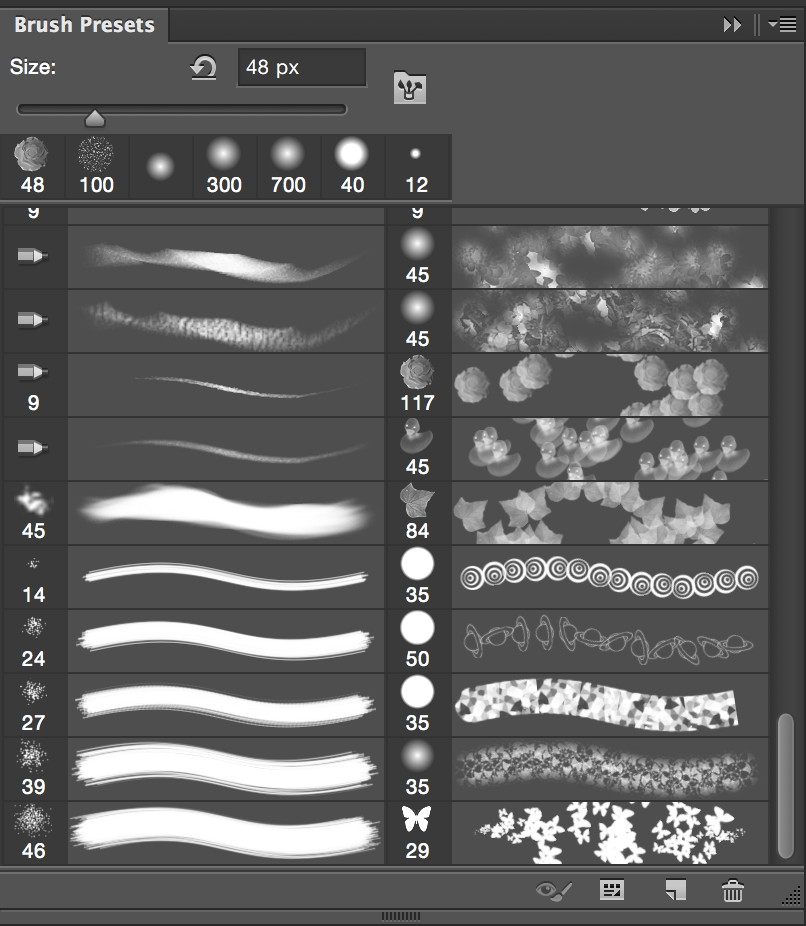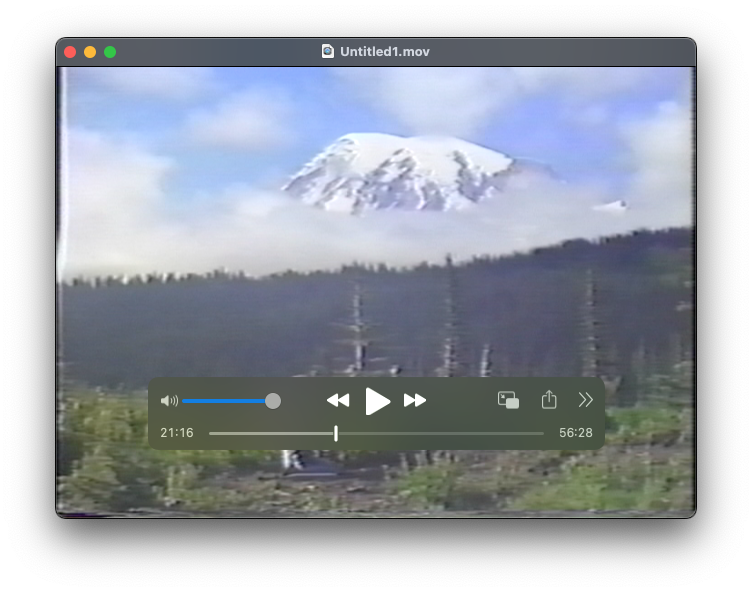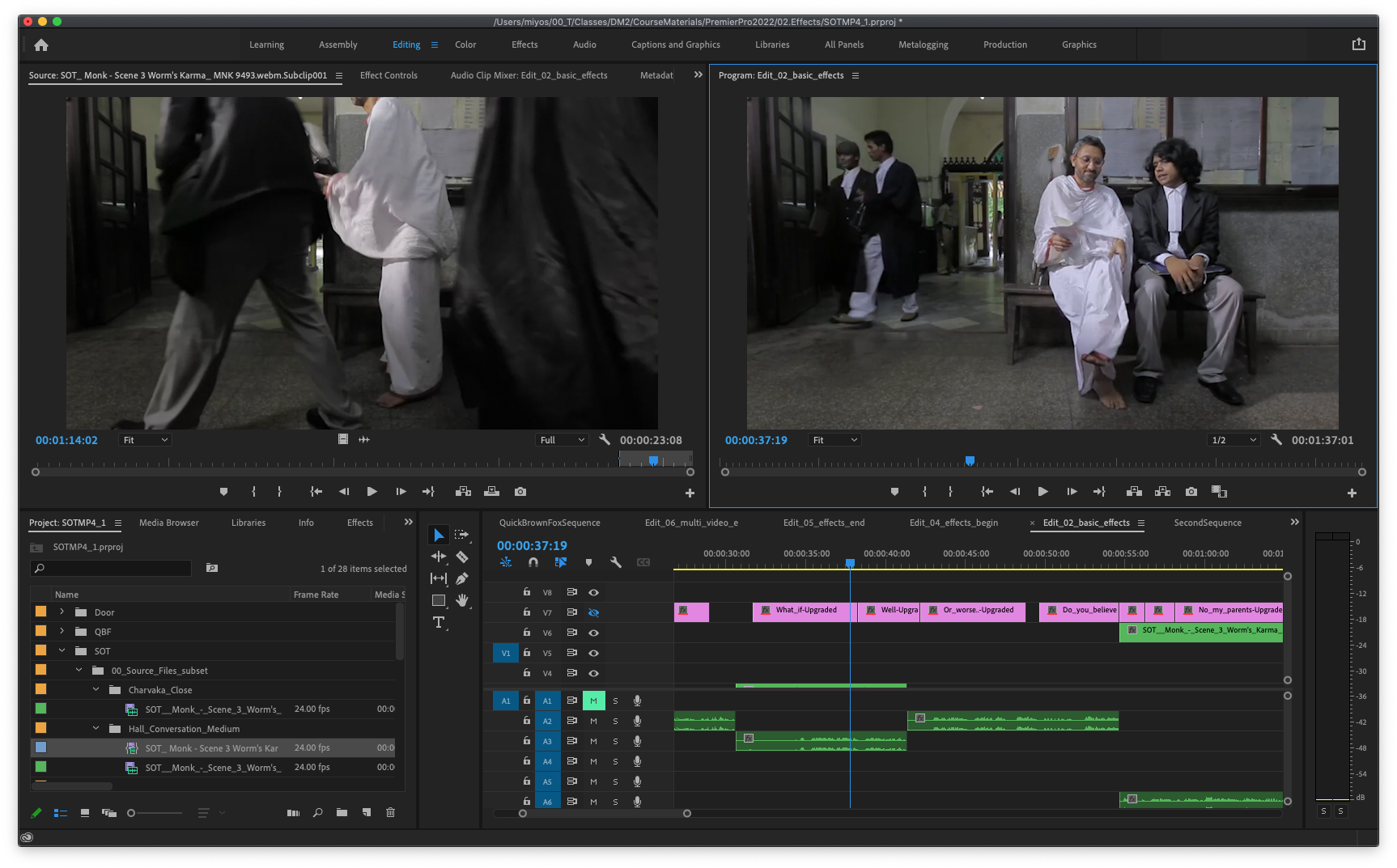Medium to Software/Interface
Mcluhan: Content of every new media is old media.
Manovich: Conversion of all media on the computer.
Manovich: Conversion of all media on the computer.
Photoshop "simulates" photography but photoshop opens up spaces that the discourses of photography cannot fully capture. Beyond simulation of photography or film


Video editing software like Premier or FinalCut can be thought of us simulating what "film" was/is. Although, if you look carefully, movie files played on QuickTime and Premier Pro have resemblance to "film" but also have different properties.


So one important aspect of using media is the interface.
Increasingly more and more contemporary artists who work on the computer are making works that are hard to think through solely within the framwork of simuation. They have very little regard for the boundaries between media. They are not just filmmakers or photographers.
Notes


